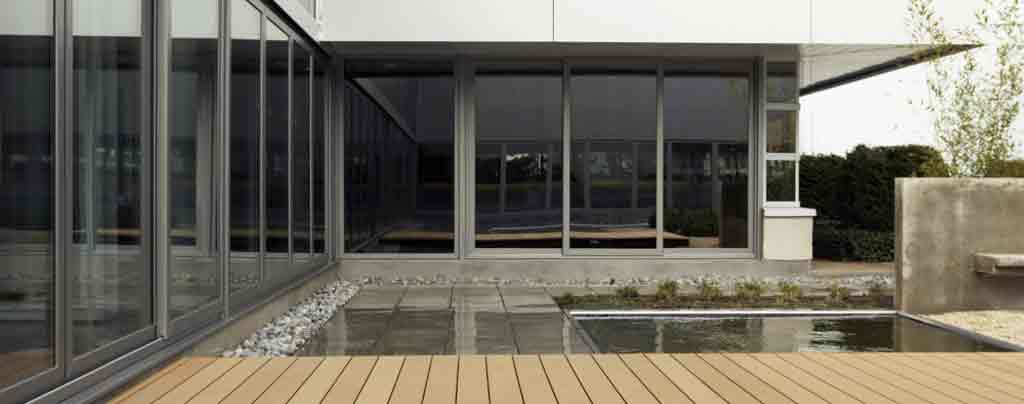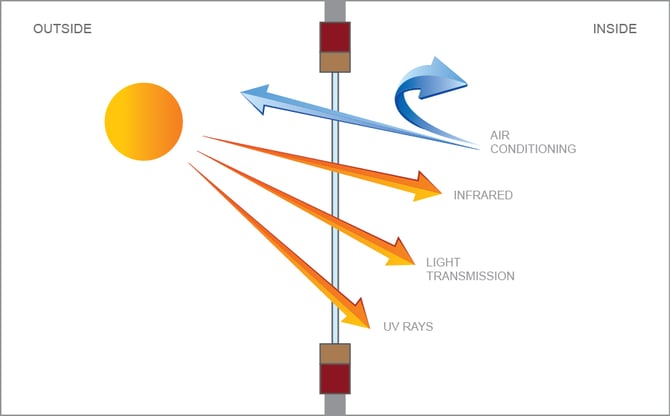All Categories
Featured
Table of Contents
Why Should You Have Double-glazed Windows This Summer? in Churchlands WA
Glazing merely implies the windows in your house, including both openable and fixed windows, in addition to doors with glass and skylights. Glazing really simply implies the glass part, however it is normally utilized to describe all aspects of an assembly consisting of glass, films, frames and furnishings. Taking notice of all of these aspects will help you to attain efficient passive style.
![Best Way To Block Sun Heat From Windows [Professionally] in Attadale WA](https://exclusive-doors.com.au/wp-content/uploads/2019/03/double-glazing-panels-3.jpg)
Energy-efficient glazing makes your home more comfy and significantly lowers your energy costs. However, unsuitable or poorly developed glazing can be a major source of unwanted heat gain in summertime and significant heat loss and condensation in winter. Approximately 87% of a home's heating energy can be gotten and up to 40% lost through windows.
Benefits Of Replacing Double Glazing Windows In The Summer in Ocean Reef WA
Glazing is a considerable investment in the quality of your home. An initial investment in energy-efficient windows, skylights and doors can significantly reduce your yearly heating and cooling expense.

This tool compares window choices to a base level aluminium window with 3mm clear glass. Understanding a few of the essential properties of glass will help you to pick the very best glazing for your house. Secret residential or commercial properties of glass Source: Adjusted from the Australian Window Association The quantity of light that travels through the glazing is called noticeable light transmittance (VLT) or visible transmittance (VT).
Glazing in Dalkeith WA
This may lead you to turn on lights, which will lead to higher energy costs. Conduction is how easily a product performs heat. This is known as the U value. The U value for windows (revealed as Uw), explains the conduction of the whole window (glass and frame together). The lower the U value, the higher a window's resistance to heat circulation and the better its insulating worth.
If your home has 70m2 of glazing with aluminium frames and clear glass with a U value of 6. 2W/m2 C, on a winter's night when it is 15C colder outside compared with inside, the heat loss through the windows would be: 6. 2 15 70 = 6510W That is comparable to the total heat output of a large room gas heating unit or a 6.
Climateframe Double Glazing: Perth's Double Glazed ... in Brigadoon WA

If you select a window with half the U value (3. 1W/m2 C) (for example, double glazing with an argon-filled space and less-conductive frames), you can cut in half the heat loss: 3. 1 15 70 = 3255W The solar heat gain coefficient (SHGC) for windows (expressed as SHGCw) measures how readily heat from direct sunlight flows through a whole window (glass and frame together).
The lower a window's SHGC, the less solar heat it transmits to your home interior. Glazing producers state an SHGC for each window type and style. However, the actual SHGC for windows is affected by the angle that solar radiation strikes the glass. This is called the angle of occurrence.
Benefits Of Replacing Double Glazing Windows In The Summer in Yokine WA
When the sun is perpendicular (at 90) to the glass, it has an angle of incidence of 0 and the window will experience the maximum possible solar heat gain. The SHGC declared by glazing makers is constantly determined as having a 0 angle of occurrence. As the angle increases, more solar radiation is reflected, and less is sent.
Latest Posts
Double Glazed Windows in West Leederville Perth
Double Glazed Windows Melbourne in Medina Western Australia
Double Glazing Companies Near Me Reviewed 2023 in Huntingdale WA